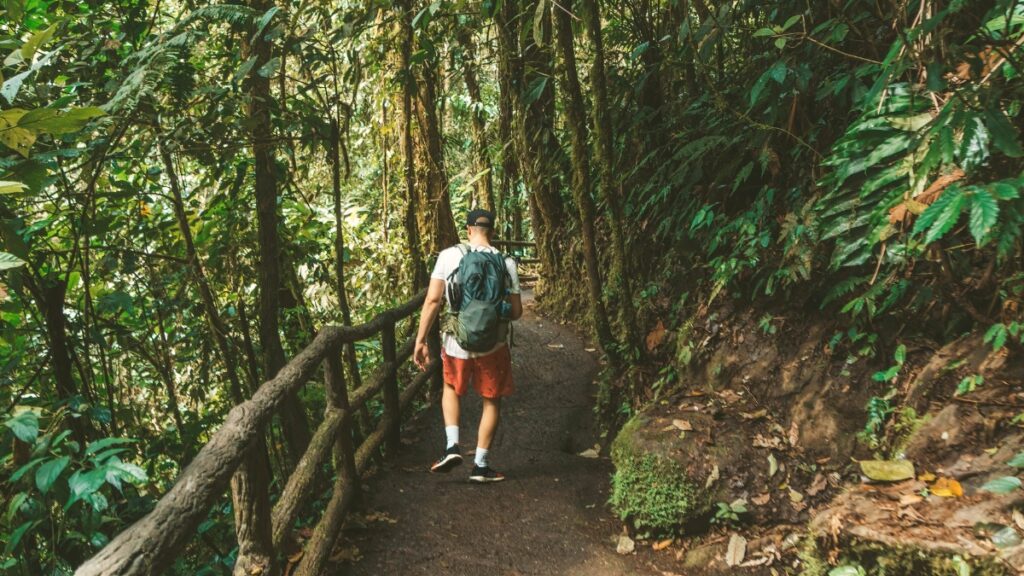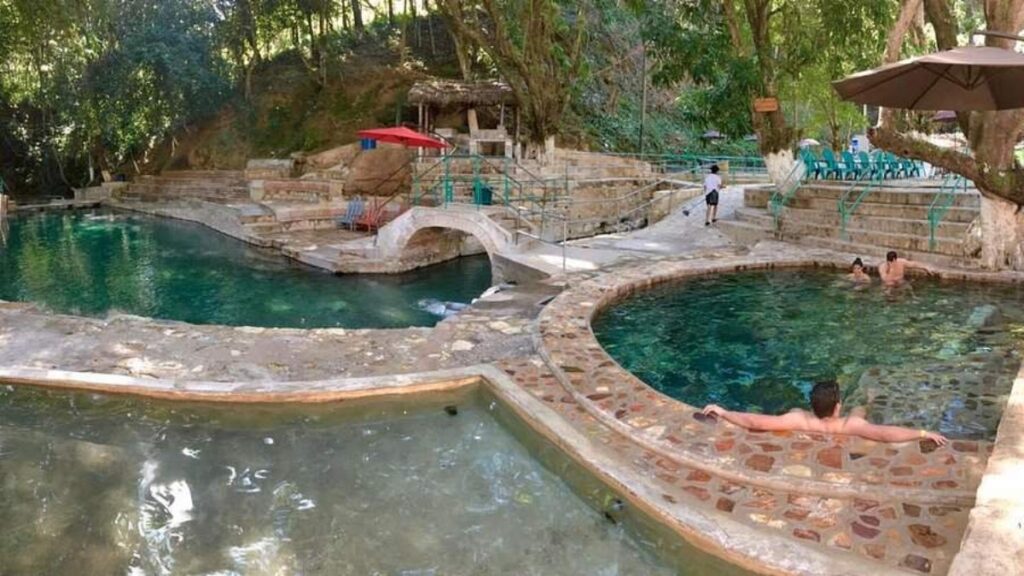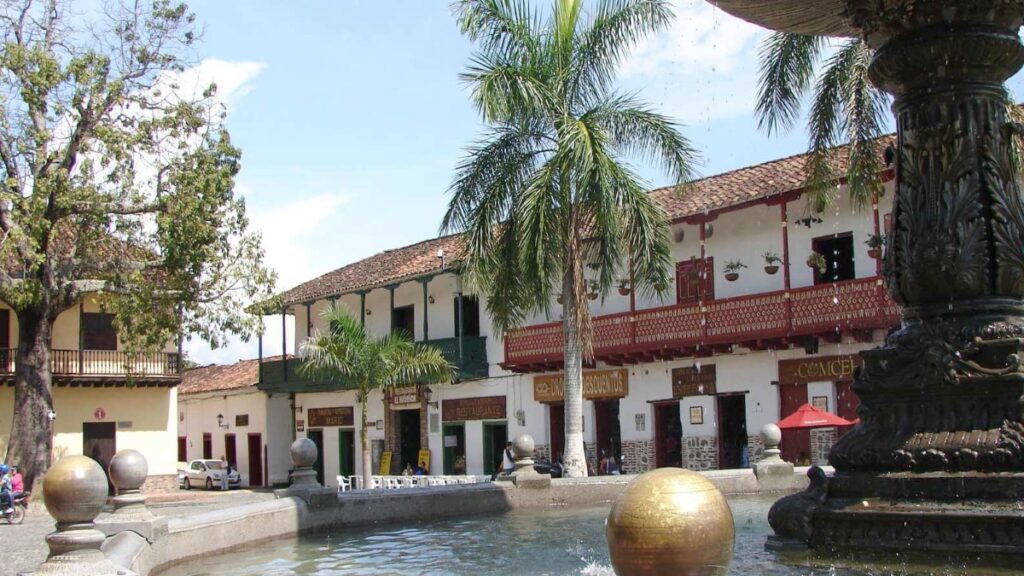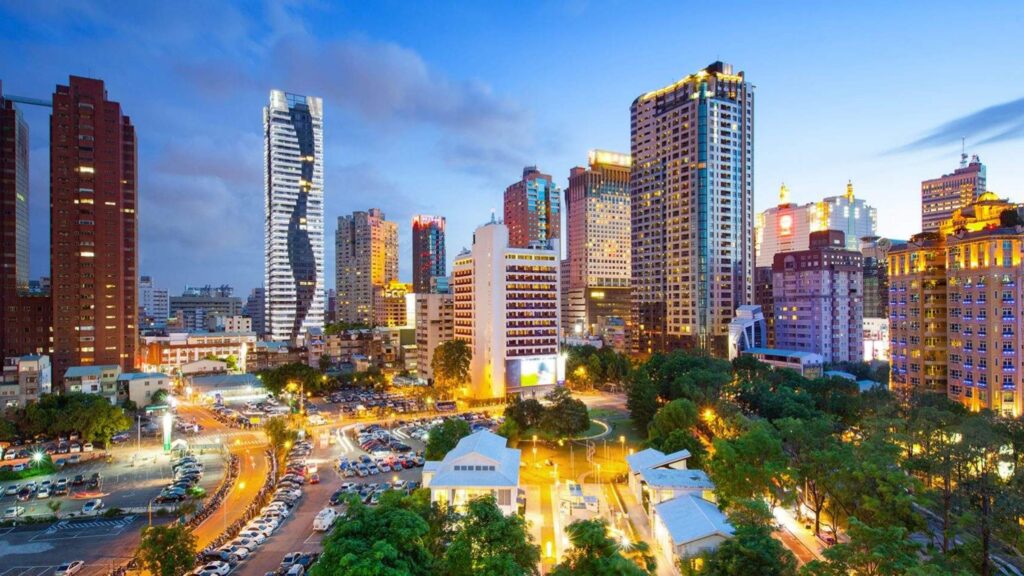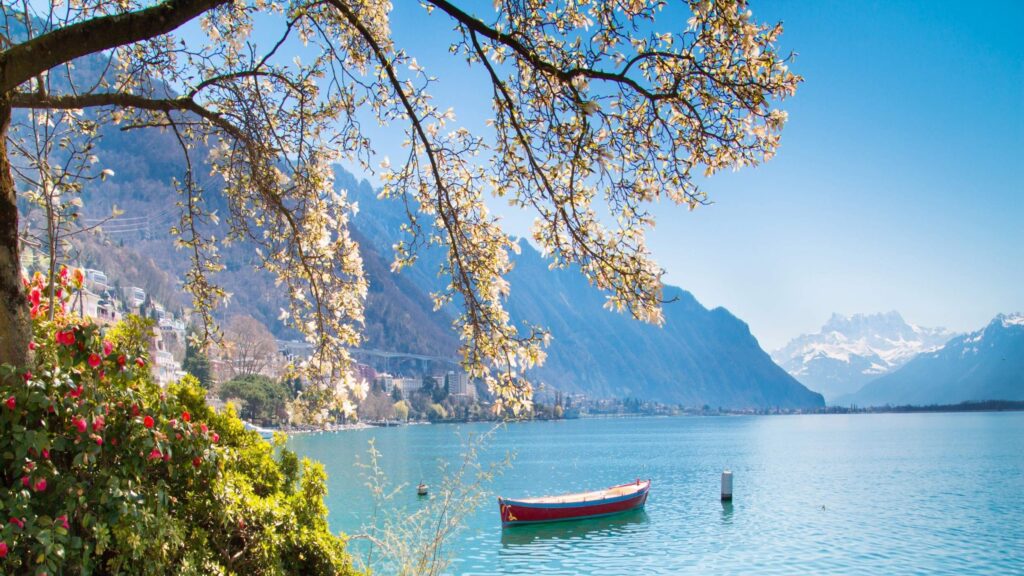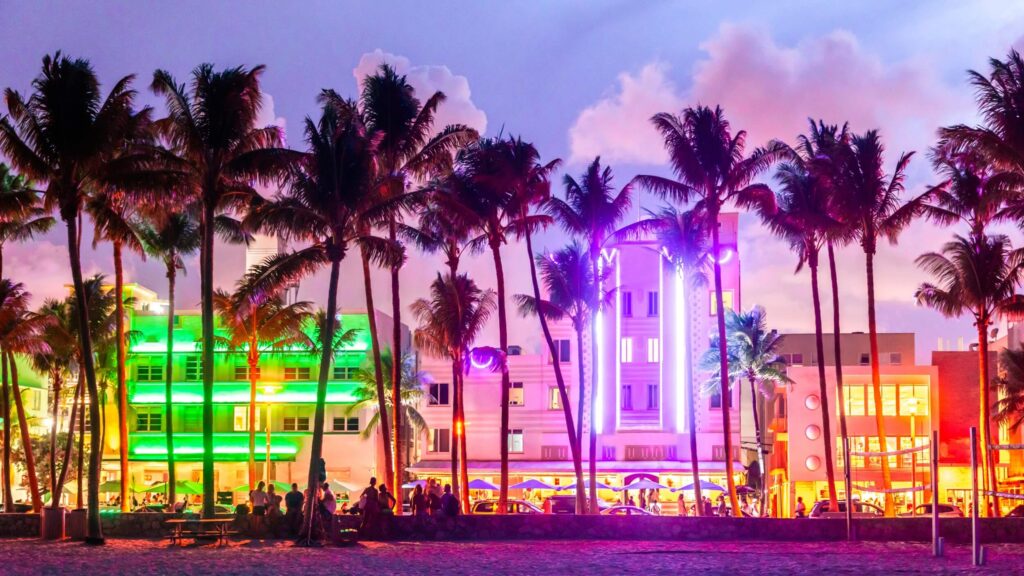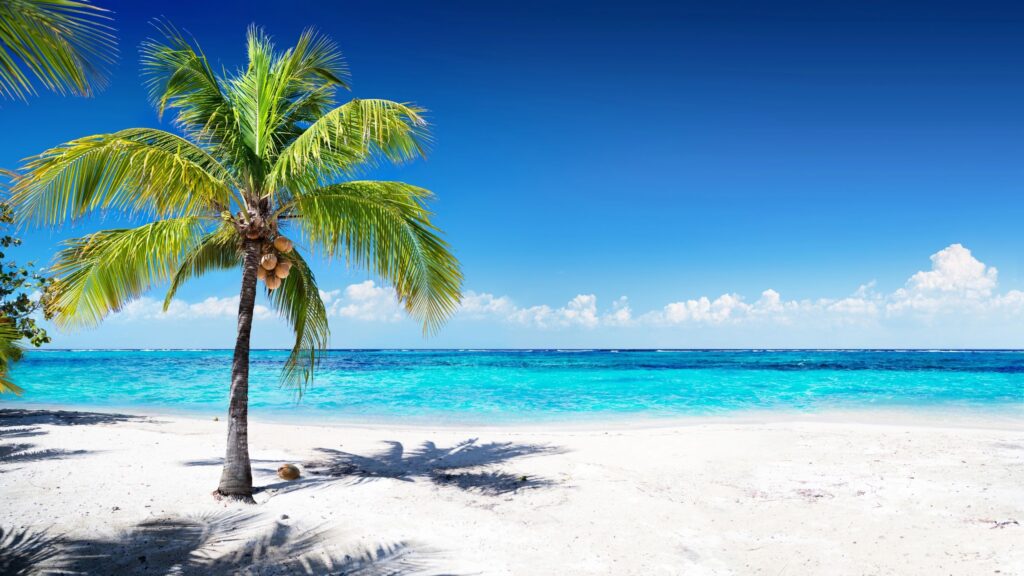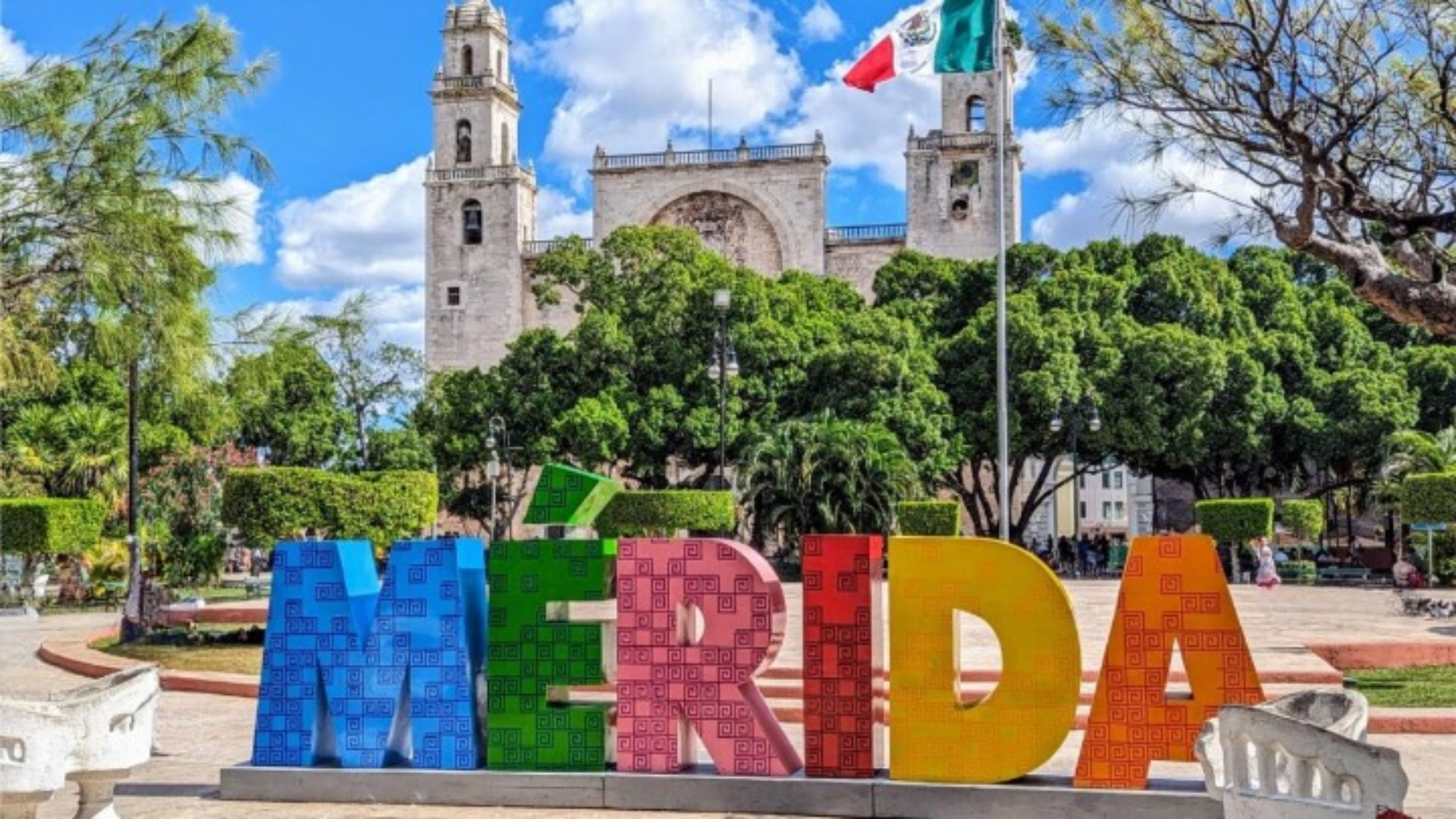
I’ve spent countless days wandering through the vibrant streets of Merida, the cultural heart of Mexico’s Yucatan Peninsula. As someone who’s explored every corner of this colonial gem, I can tell you with certainty that Merida Yucatan Mexico deserves its growing reputation as one of the most captivating destinations in the country. The city’s unique blend of Mayan heritage and Spanish colonial influence creates an atmosphere unlike anywhere else I’ve visited in my travels.
Let me share my detailed insights about this magical city that sits perfectly positioned for exploring the entire Yucatan Peninsula Merida region. After numerous visits spanning different seasons, I’ve compiled this comprehensive guide to help you navigate everything from the best neighbourhoods to stay in to the hidden gems only locals typically know about. The colourful architecture, delicious cuisine, and welcoming atmosphere have consistently drawn me back to this special corner of Mexico.
You’ll discover why Merida has become my favourite base for Yucatan adventures. Its central location puts you within easy reach of pristine beaches, mysterious cenotes, ancient ruins, and charming towns. This guide breaks down exactly how to make the most of your time in downtown Merida Mexico while using it as your launchpad for unforgettable day trips throughout the peninsula.
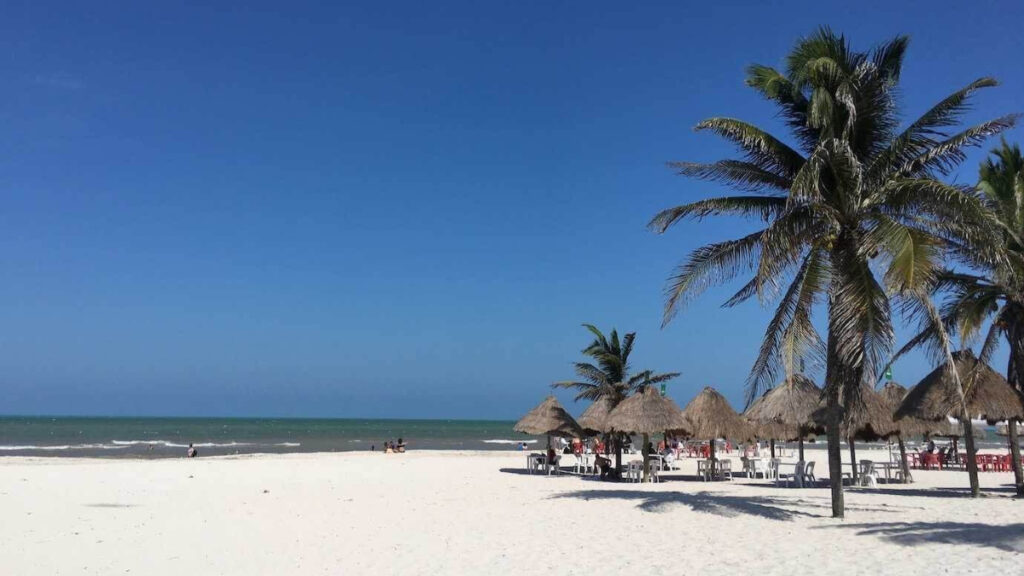
When to Visit Yucatan Peninsula Merida
The ideal time to explore Merida MX falls between November and February when temperatures hover around 28°C (82°F) during the day. During these months, you’ll experience pleasant evenings with minimal rainfall, making it perfect for wandering the city’s charming streets. I’ve visited during January twice now, which strikes me as the sweet spot when tourist numbers remain manageable yet everything stays open.
Heat Considerations
Be prepared if you choose to visit between March and May when temperatures climb significantly. Having made the mistake of visiting in April once, I can tell you that afternoon temperatures regularly exceeded 35°C (95°F), which limited my daytime explorations. Evening activities became my saving grace during that particular trip.
Hurricane season runs from June through October, bringing heavy downpours and higher humidity. While accommodation rates drop substantially during these months, I’ve found that the rain typically comes in short, intense bursts rather than all-day affairs. My most recent September visit actually offered some unique advantages—fewer tourists and lush, green landscapes throughout the peninsula.
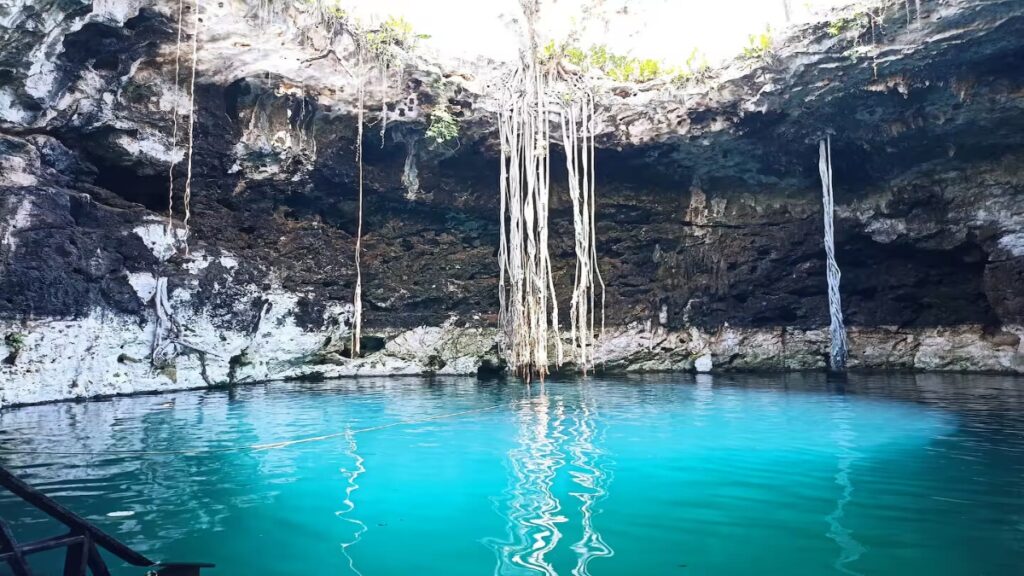
Getting to Merida Yucatan
Flying directly into Manuel Crescencio Rejón International Airport (MID) provides the most convenient access to the city. Several major airlines offer regular connections from Houston, Miami, and Mexico City. During my last visit, I found the immigration process surprisingly efficient, taking less than 20 minutes from landing to exiting the terminal.
Budget Travel Routes
For budget travelers, consider flying into Cancun International Airport and taking an ADO bus to Merida. The journey takes approximately 4 hours but offers substantial savings. I’ve done this route twice and found the buses comfortable, air-conditioned, and remarkably punctual.
Upon arrival at Merida’s airport, pre-book a transfer or use the official taxi service located inside the terminal. The 20-minute drive to downtown costs consistently less than using ride-sharing apps for airport pickups. I learned this lesson the expensive way on my first visit!
Getting Around Yucatan Peninsula Merida
Walking remains my preferred method for exploring downtown Merida Mexico. The central historic district covers a manageable area with most major attractions within a 20-minute walk of Plaza Grande. During my stays, I’ve logged over 15,000 steps daily without ever feeling overwhelmed by distance.
Rideshare services operate throughout Merida and provide a convenient, affordable option when you need to venture further afield. A typical ride across the city rarely exceeds 15 minutes, even during busier periods. I’ve found drivers to be consistently friendly and helpful with local recommendations.
Renting a car becomes essential if you’re planning day trips around the Yucatan Peninsula Merida region. Based on my experience, booking through international agencies like Hertz or Avis with full insurance coverage prevents any unwelcome surprises. The roads throughout Yucatan have impressed me with their quality and clear signage.
Local buses run frequently between major points in the city for those seeking an authentic experience. For just a few pesos, you can travel across Merida like a local. I particularly enjoyed the Route 79 bus, which connects downtown with popular northern neighbourhoods along Paseo de Montejo.
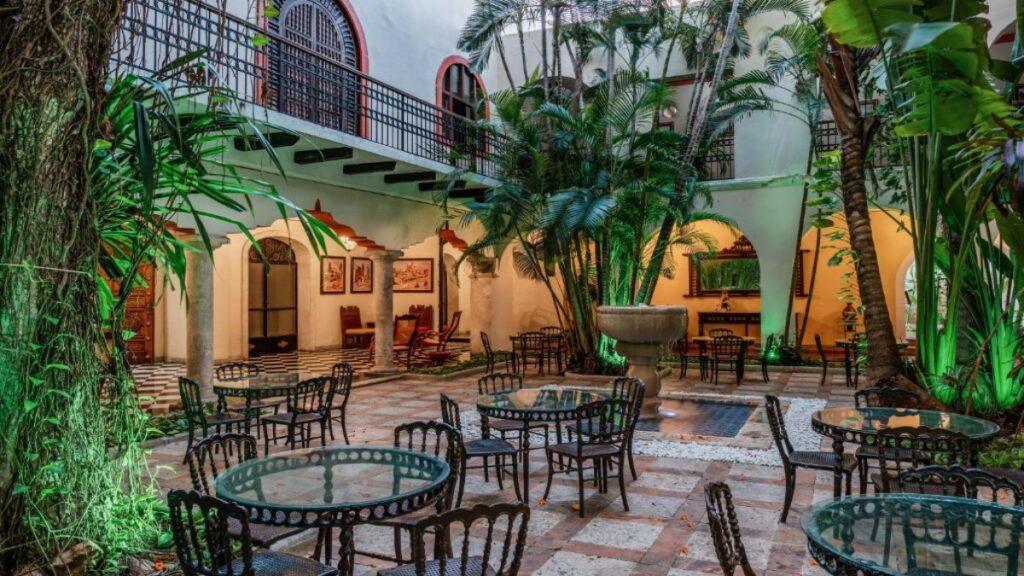
Where to Stay in Yucatan Peninsula Merida
Centro Histórico offers the most convenient location for first-time visitors to Merida Yucatan. Staying within walking distance of Plaza Grande means you’ll have immediate access to the city’s main attractions, restaurants, and cultural events. During my first visit, I stayed at Casa del Balam, which occupies a beautifully restored colonial mansion just two blocks from the cathedral.
Paseo Montejo attracts those seeking slightly more upscale accommodations. This elegant boulevard lined with historic mansions houses several boutique hotels. My personal favourite in this area is Rosas & Xocolate, where I enjoyed morning coffee in their stunning courtyard garden surrounded by pink walls that perfectly capture Merida’s colourful essence.
Santa Ana neighbourhood provides a more relaxed alternative while remaining central. The area around Parque Santa Ana has emerged as a foodie destination with excellent cafés and restaurants. I spent a week at Hotel Mérida Santiago here last year and appreciated the quieter atmosphere while still being just a 10-minute walk from the main square.
Santa Lucia district combines authentic local life with enough tourist infrastructure to remain comfortable. The charming park serves as its focal point, surrounded by excellent dining options. Casa Lucia impressed me with its rooftop pool offering panoramic views of the city—perfect for cooling off after exploring in the afternoon heat.
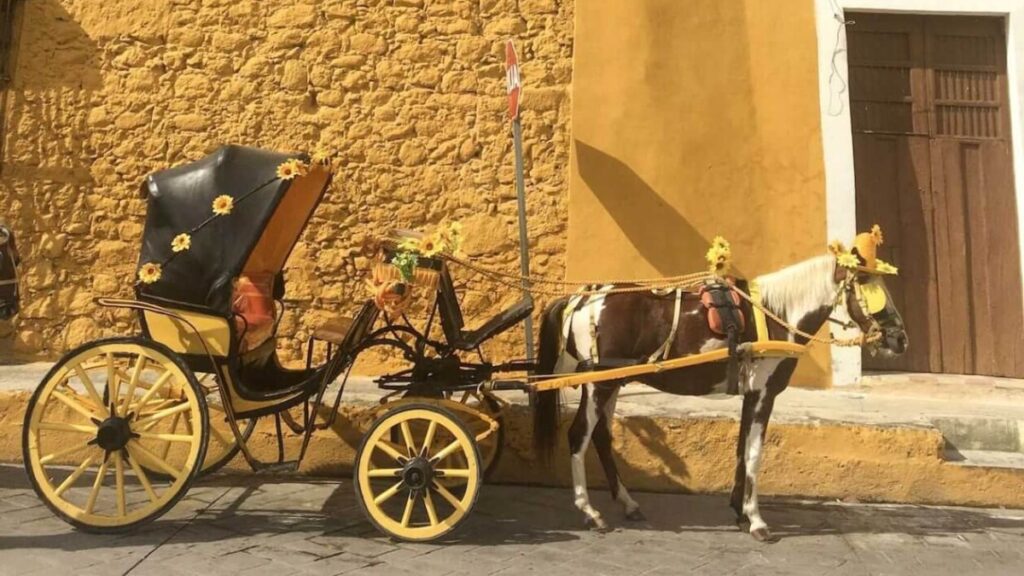
Top Experiences in Merida Yucatan Mexico
Start your morning with a peaceful walk along Paseo de Montejo before the heat intensifies. This grand street built to look like roads in Europe has beautiful large houses from when the henequen plant business was making people rich. I recommend arriving by 7:30 AM to enjoy the relative coolness while watching locals exercise and vendors set up their carts for the day.
Plaza Grande buzzes with activity every day, but Sunday transforms the space entirely. The weekly Mérida en Domingo festival converts the surrounding streets into pedestrian zones filled with food stalls, artisan markets, and live performances. I’ve spent entire Sundays here, moving between cultural performances and sampling local treats like marquesitas (crispy rolled wafers filled with cheese and chocolate).
Mercado Lucas de Gálvez provides an authentic shopping experience unlike any other in Merida. Arriving before 10 AM offers the freshest selection of tropical fruits, local spices, and handcrafted goods. I always pick up achiote paste and recados (spice blends) to recreate Yucatecan dishes back home.
Cantinas represent an important cultural tradition in Merida. These old bars have changed from places just for men to spots where everyone can go. I often visited La Negrita Cantina, which has music played live and gives you free snacks with drinks you buy. Arriving around 5 PM ensures you’ll find a table before the evening crowd.
The Great Museum of the Maya World houses an impressive collection that tells the story of Mayan civilization through interactive exhibits and archaeological treasures. Plan to spend at least two hours exploring the displays. I found the scale model of Chichén Itzá particularly helpful before visiting the actual site.
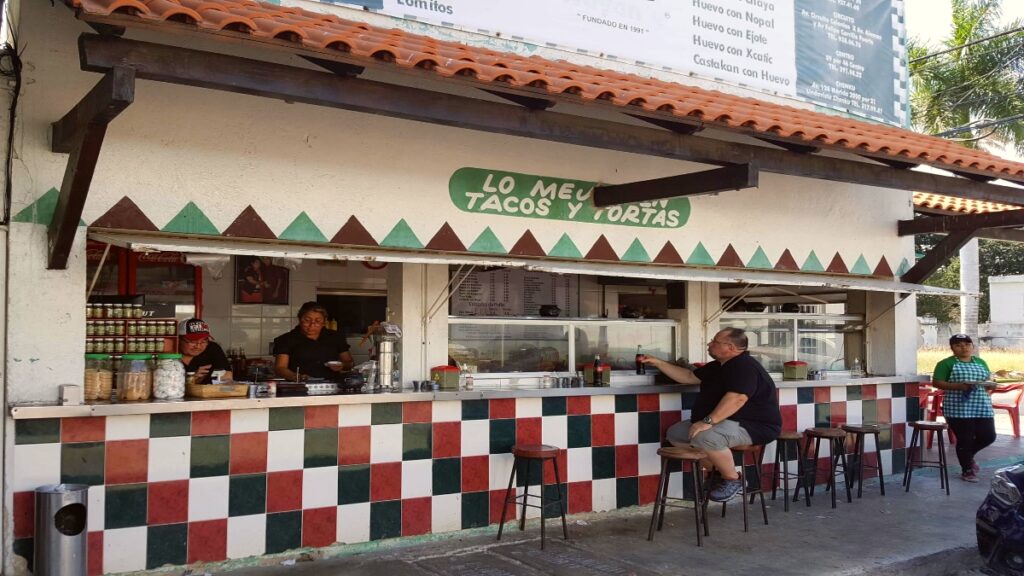
What to Eat in Merida Yucatan
Yucatecan cuisine offers distinctive flavors that set it apart from other Mexican regional cuisines. The liberal use of achiote, sour oranges, and habanero creates dishes that you’ll find nowhere else. After multiple visits, I’ve developed a list of must-try specialties that showcase the region’s culinary heritage.
Cochinita pibil stands as the undisputed signature dish of the Yucatan Peninsula Merida area. This slow-roasted pork marinated in achiote and sour orange juice traditionally cooks underground wrapped in banana leaves. Wayan’e Taquería serves my favourite version, opening at 7 AM and often selling out by noon.
Papadzules gives you a different kind of breakfast with corn tortillas dipped in pumpkin seed sauce and filled with hard-boiled eggs. Restaurante Chaya Maya prepares this pre-Hispanic dish beautifully, along with other regional specialties in their colonial courtyard setting. Their handmade tortillas arrive at your table piping hot throughout the meal.
For sweet treats, seek out marquesitas from street vendors who typically appear in the evenings around parks and plazas. These crispy crepe-like desserts filled with Edam cheese and your choice of sweet fillings represent Merida’s signature street dessert. My unusual-but-delicious recommendation: try them with cheese and Nutella for the perfect sweet-savory combination.
Coffee culture thrives in modern Merida with excellent cafés serving beans from Chiapas and Oaxaca. Bengala Kaffeehaus impressed me with their careful preparation methods and commitment to Mexican coffee producers. Their spacious courtyard provides a peaceful setting for planning your day over a perfectly prepared pour-over.
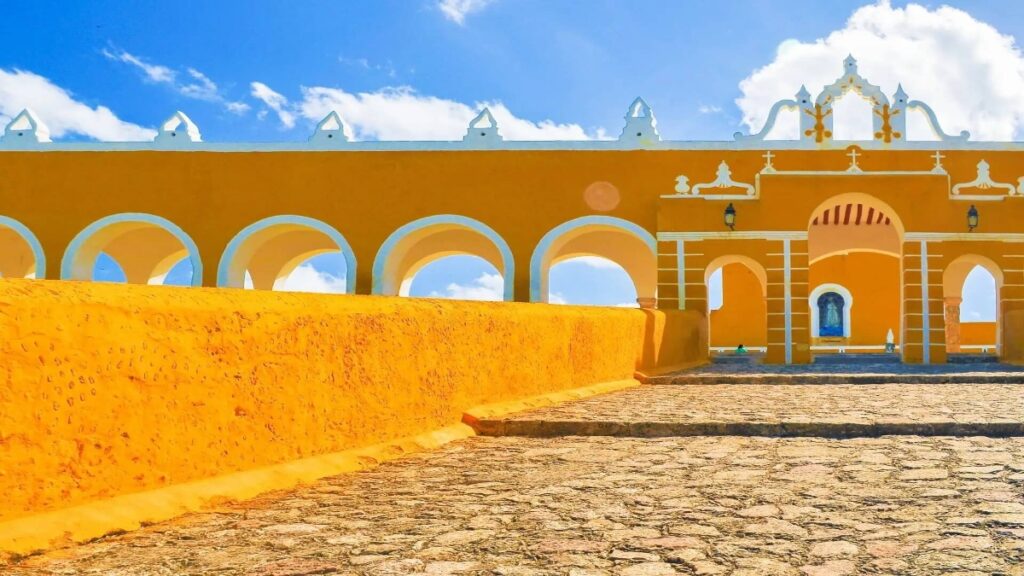
Day Trips from Yucatan Peninsula Merida
Uxmal remains significantly less crowded than other Mayan sites despite its UNESCO World Heritage status. Located just 80 kilometres south of Merida, this ancient city features the impressive Pyramid of the Magician and intricate mosaic facades. I suggest arriving when they open at 8 AM to experience the site with minimal crowds and cooler temperatures.
Celestún Biosphere Reserve houses thousands of flamingos between November and March. The 90-minute drive west of Merida leads to this coastal paradise where boat tours take you through mangrove tunnels before reaching the main flamingo viewing areas. My visit in January revealed an astonishing pink carpet of birds stretching across the shallow lagoon.
Cenote hopping provides welcome relief from the Yucatan heat. The underground sinkholes filled with crystal-clear water offer excellent swimming opportunities. Cenote Xlacah in Dzibilchaltún lets you swim and see old ruins, while the harder-to-reach Cenotes Homún area has many beautiful water holes where you climb down bamboo ladders into amazing caves underground.
Izamal enchants visitors with its distinctively yellow buildings. Known as the “Yellow City,” this Pueblo Mágico sits just an hour east of Merida. I recommend visiting on Wednesday when the weekly market fills the main square with vendors selling everything from hammocks to honey. The Franciscan monastery stands tall in the middle of town, built right on top of an old Mayan pyramid.
Progreso Beach gives you the nearest place to enjoy the coast, only 30 minutes north of Merida.While not as postcard-perfect as Caribbean beaches further east, the 4-mile-long malecón (waterfront promenade) provides a relaxed setting for seafood lunches and afternoon swims. I typically arrive around 11 AM to secure a prime spot at one of the beach clubs like Silcer Beach Club.
Practical Tips for Visiting Merida Yucatan Mexico
Always take a refillable water bottle with you and keep filling it up throughout the day. Merida’s heat demands constant hydration, especially when exploring on foot. Most hotels and restaurants willingly refill bottles from their purified water systems. During summer visits, I consume at least 3 litres daily while sightseeing.
Siesta time remains an important cultural practice in Merida. Many businesses close between 2 PM and 5 PM during the hottest part of the day. I’ve learned to embrace this rhythm by exploring early mornings, retreating for a midday rest, then continuing adventures into the evening when temperatures drop and the city comes alive again.
English proficiency varies widely throughout Merida. While tourism professionals typically speak excellent English, having basic Spanish phrases greatly enhances your experience when interacting with market vendors and taxi drivers. Even my limited Spanish vocabulary has led to wonderful conversations and local recommendations I would have otherwise missed.
Cash remains king in many establishments throughout the Yucatan Peninsula Merida area. While major hotels and restaurants accept credit cards, smaller businesses, market vendors, and taxis typically require cash payments. I recommend withdrawing pesos from bank ATMs rather than currency exchange services for better rates.
The city’s safety record stands among Mexico’s most impressive. Even as a solo traveler, I’ve always felt comfortable walking throughout central Merida during evening hours. Nevertheless, I maintain standard travel precautions like avoiding flashy jewelry display and keeping valuables secure.
My time in Merida has consistently reinforced why this city serves as the perfect introduction to the treasures of the Yucatan Peninsula. Its blend of cultural richness, culinary delights, and strategic location make it an ideal base for exploring this fascinating corner of Mexico. Whether you’re drawn by ancient Mayan mysteries, colonial architecture, or simply the warm hospitality of Yucatecan culture, Merida offers a gateway to unforgettable experiences that will leave you planning your return before you’ve even departed.

